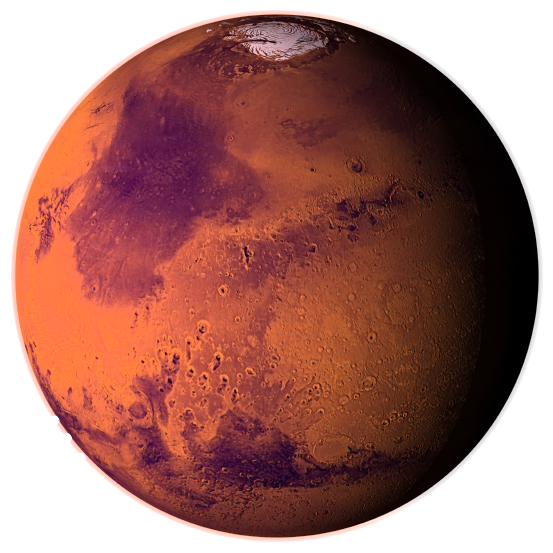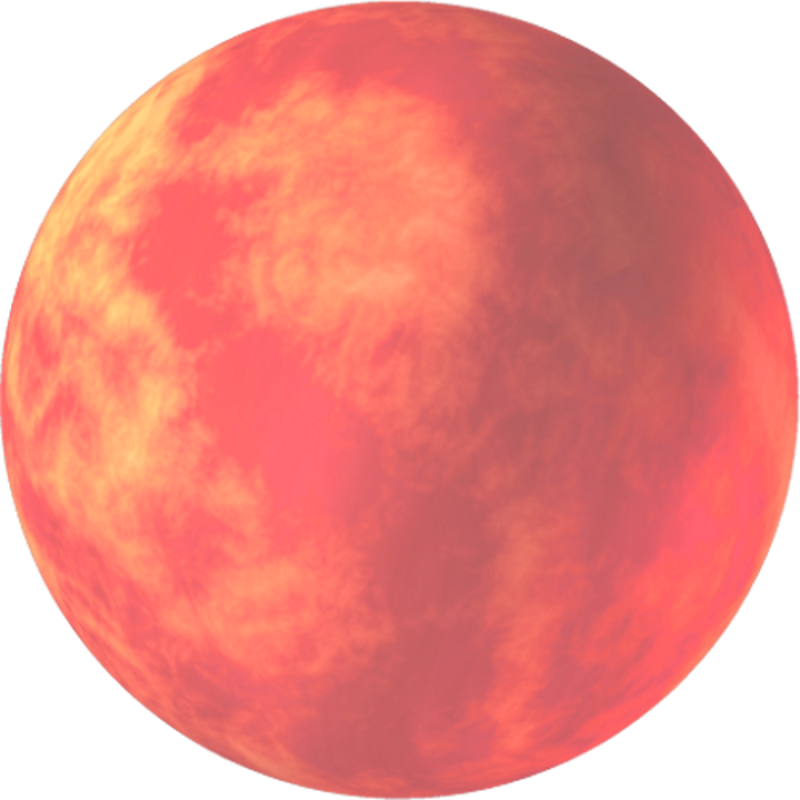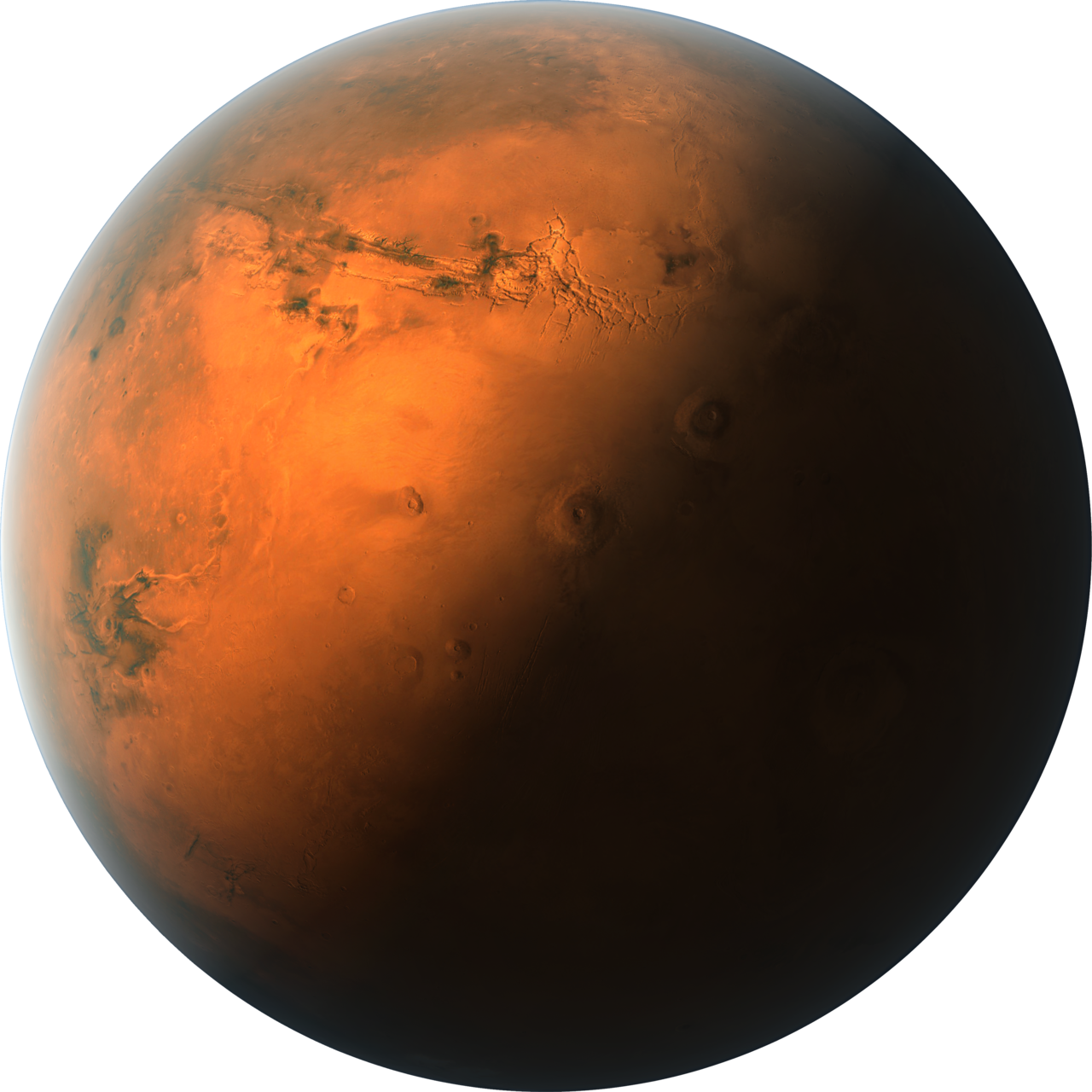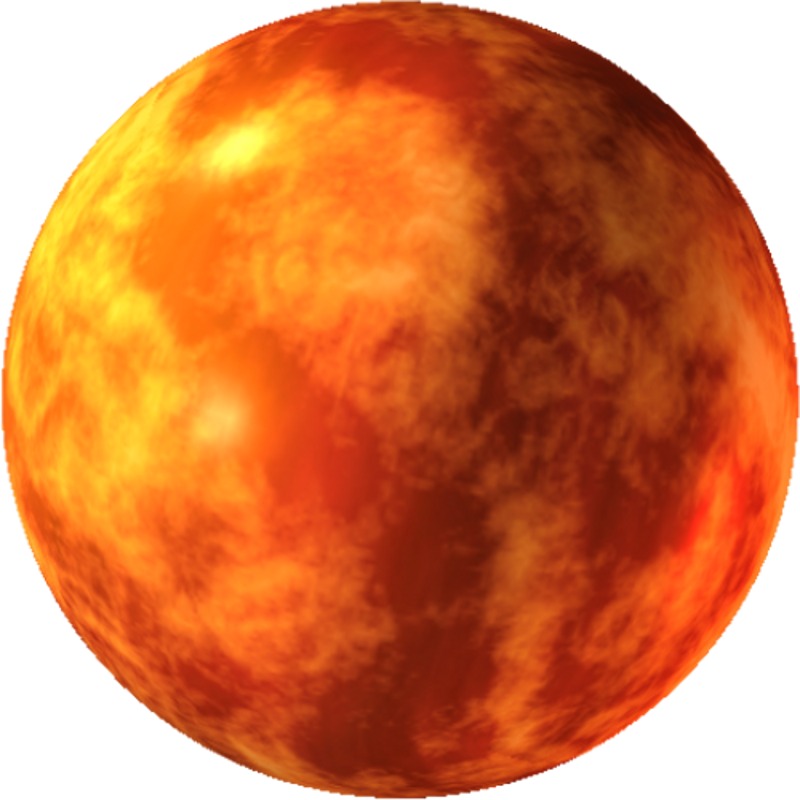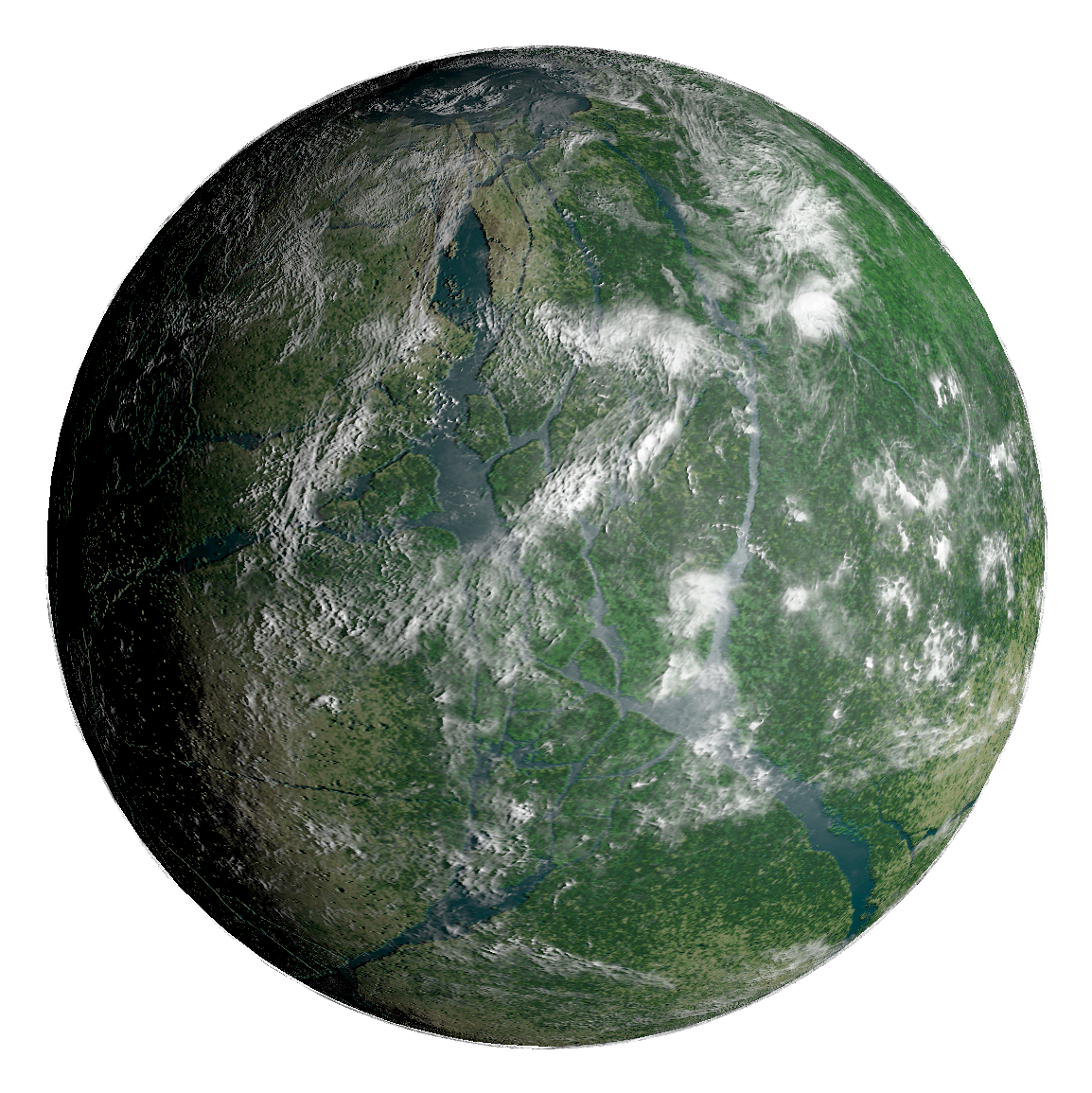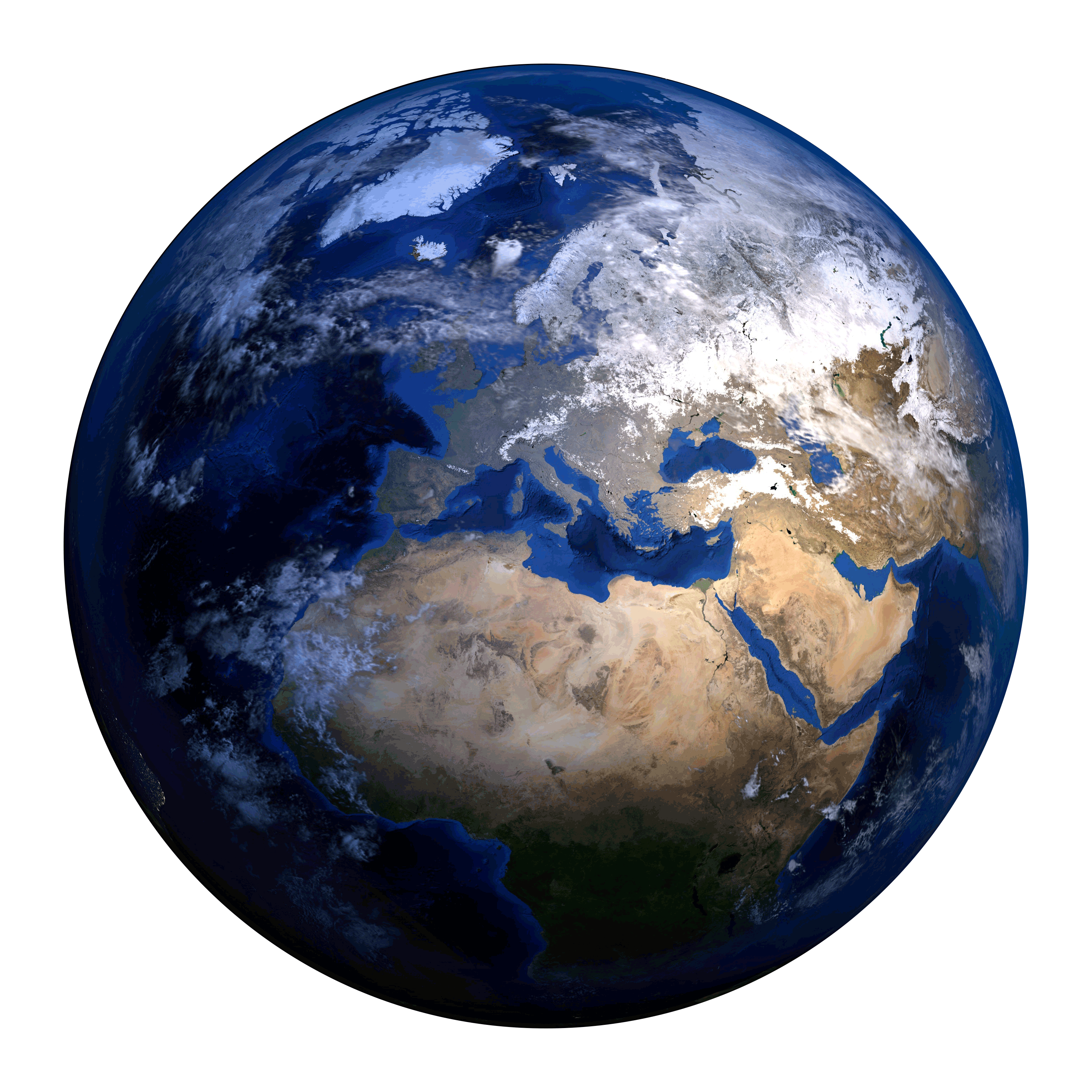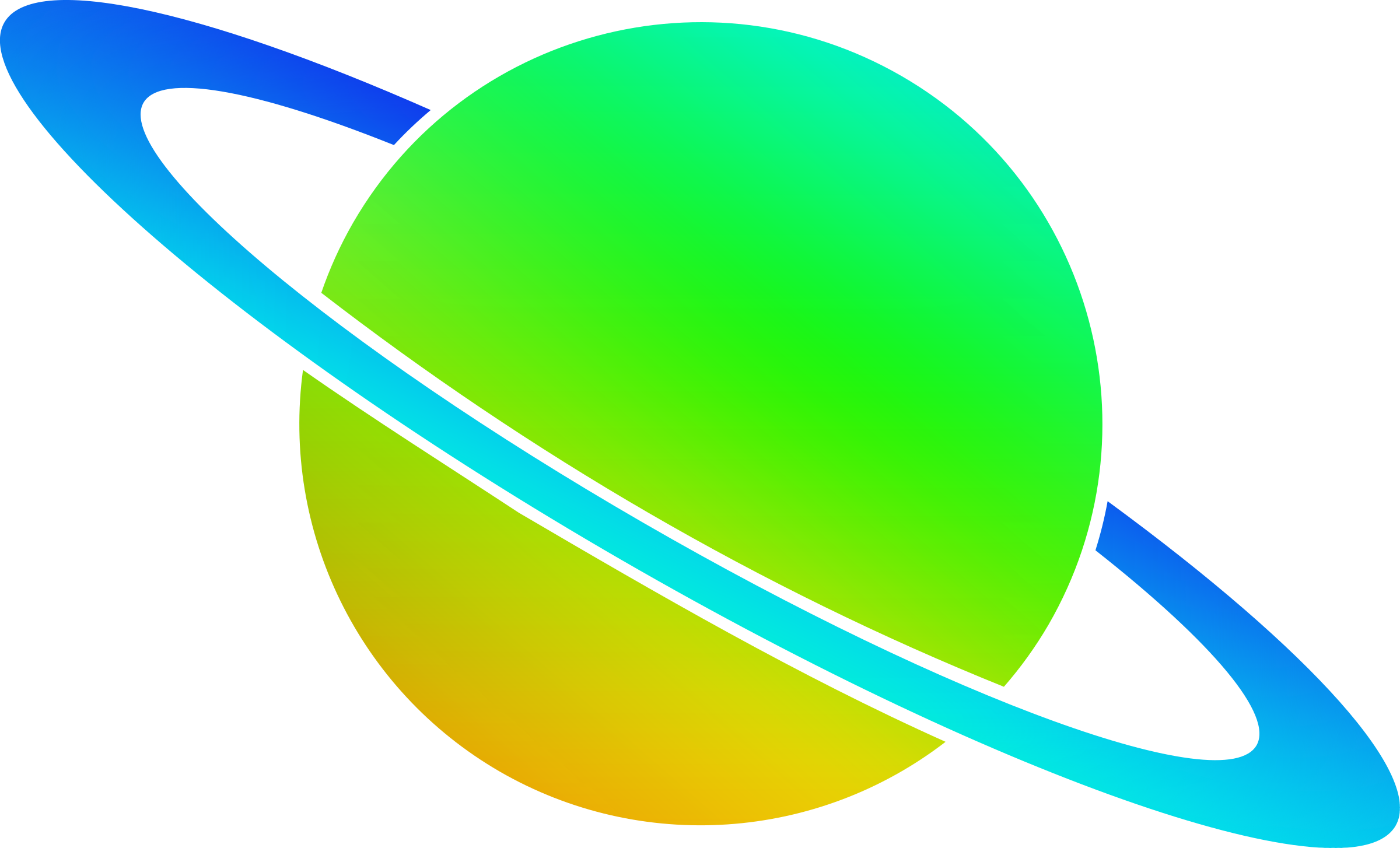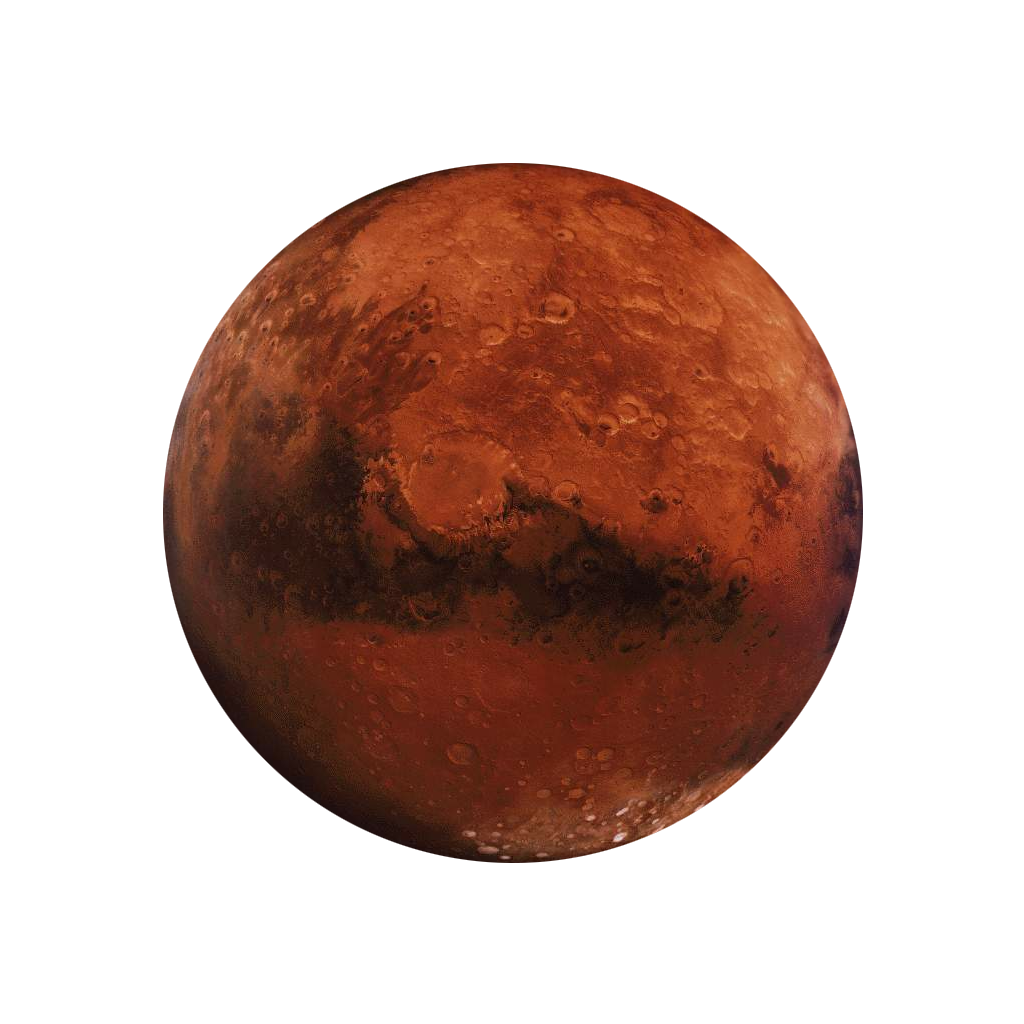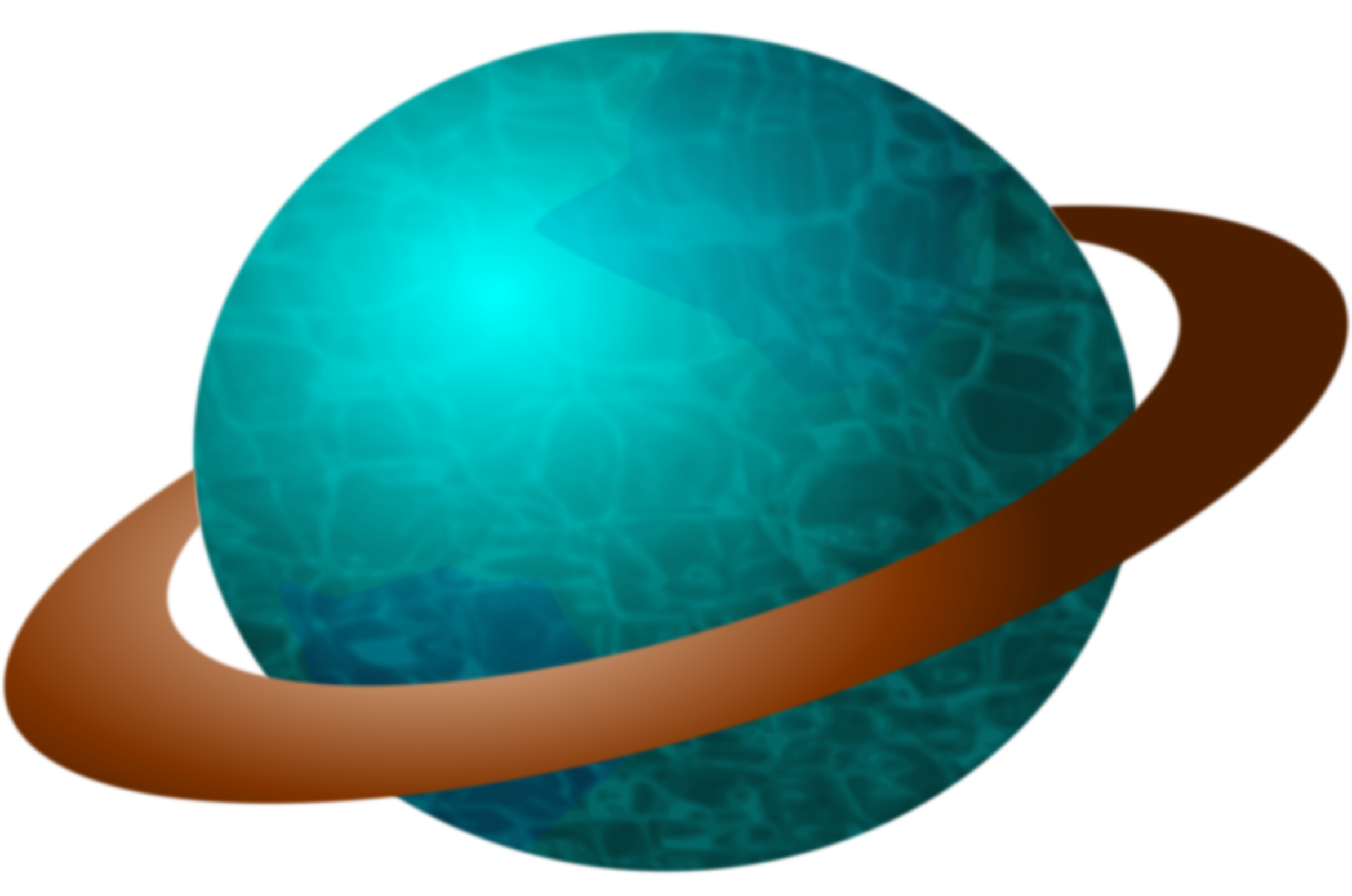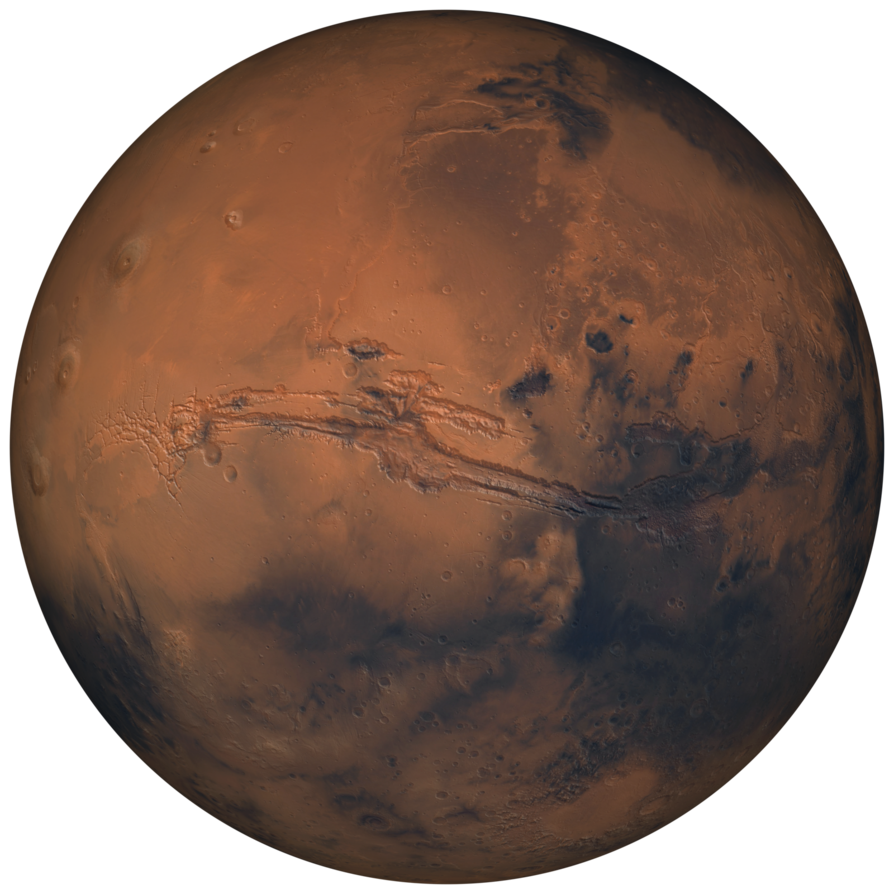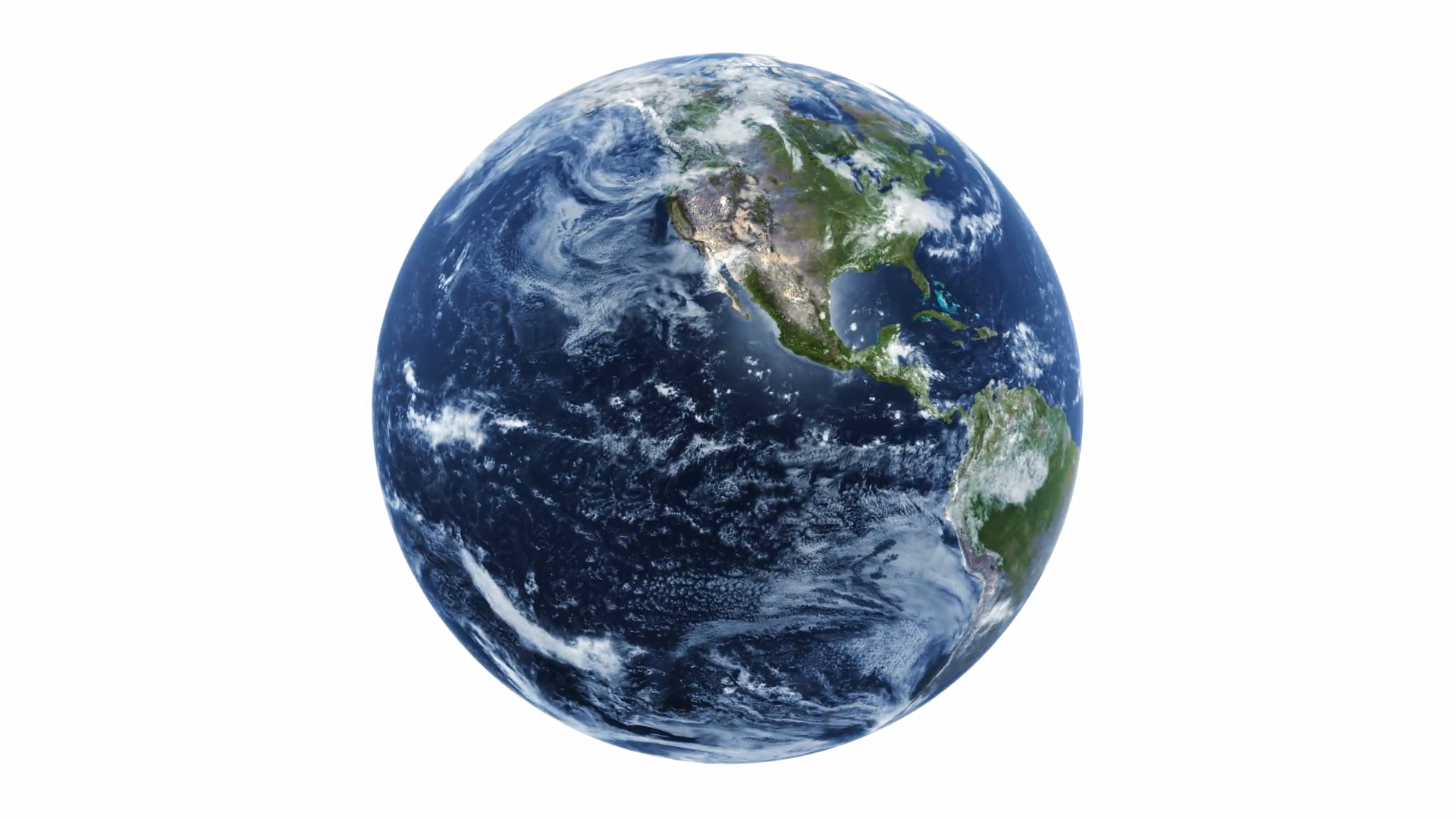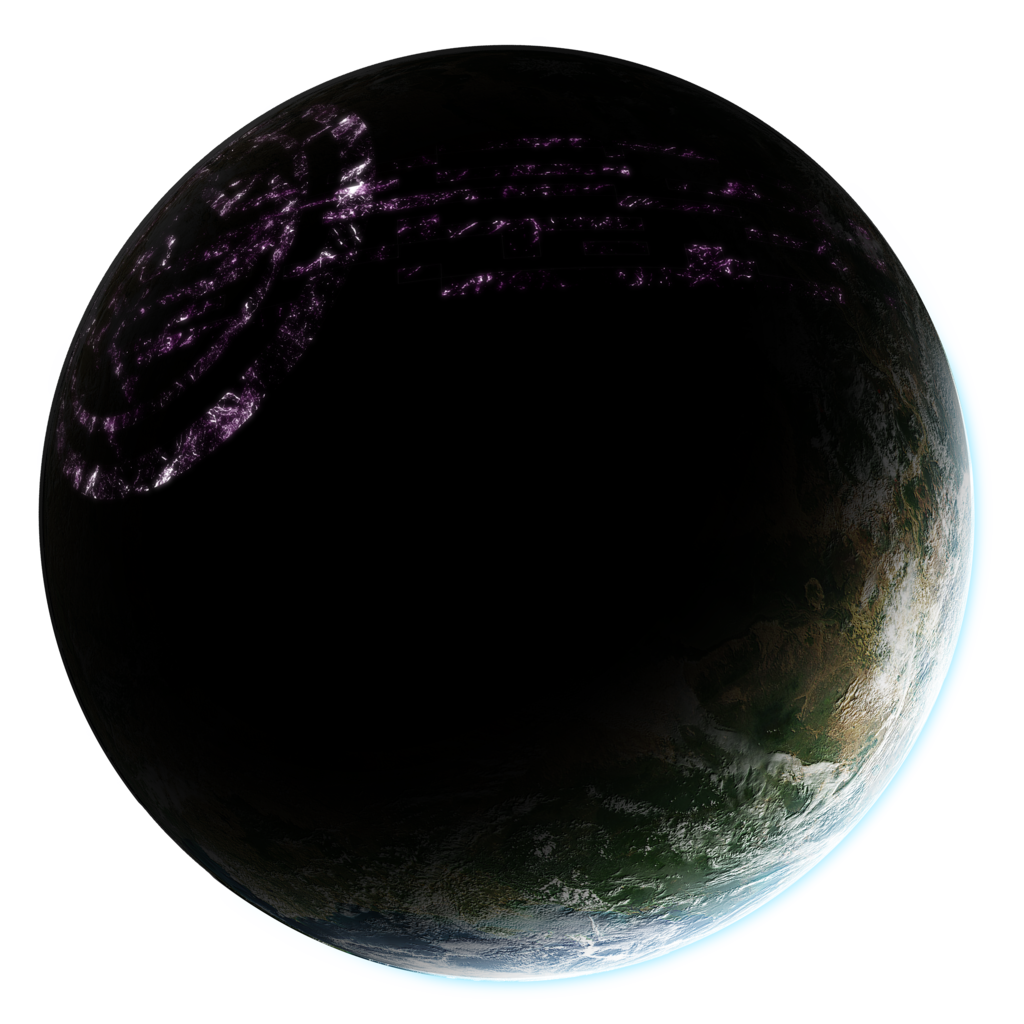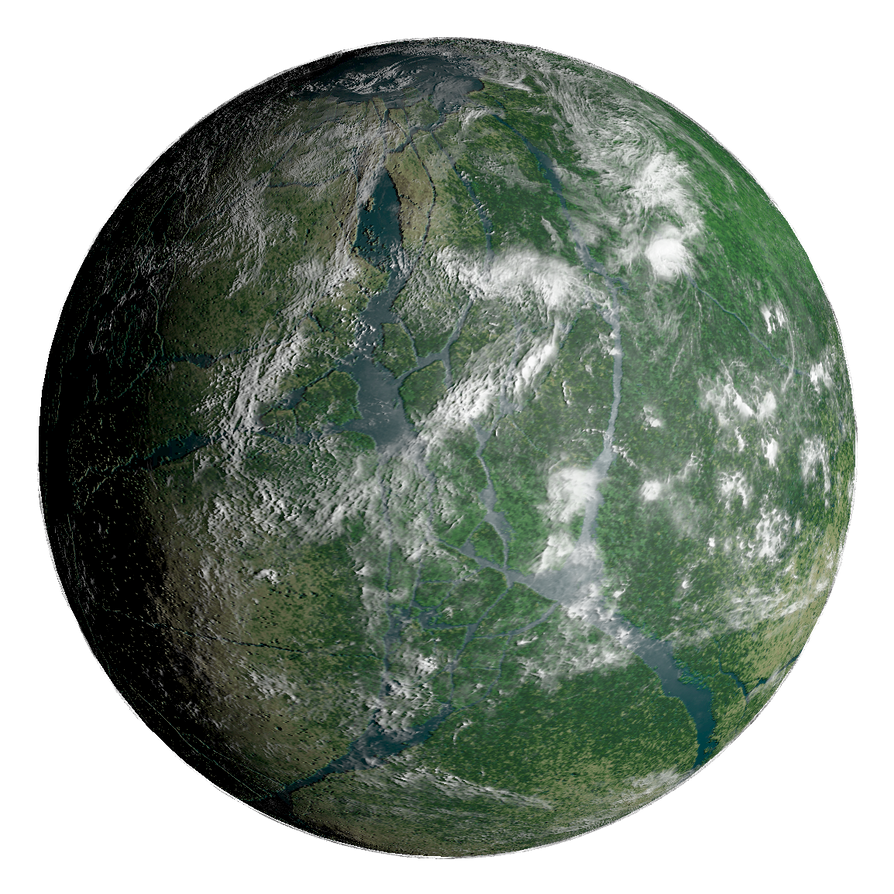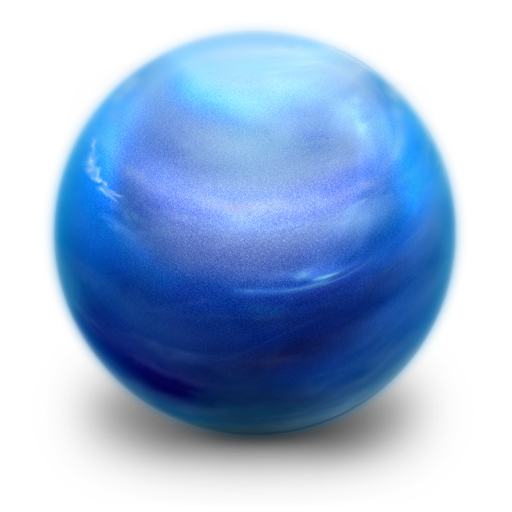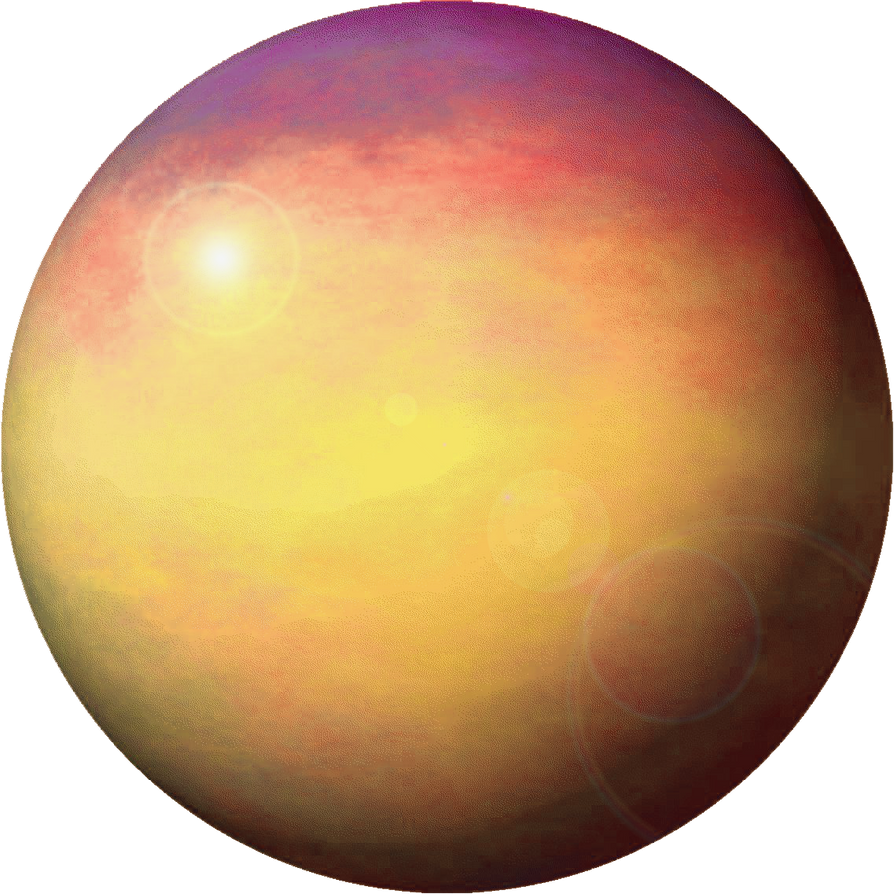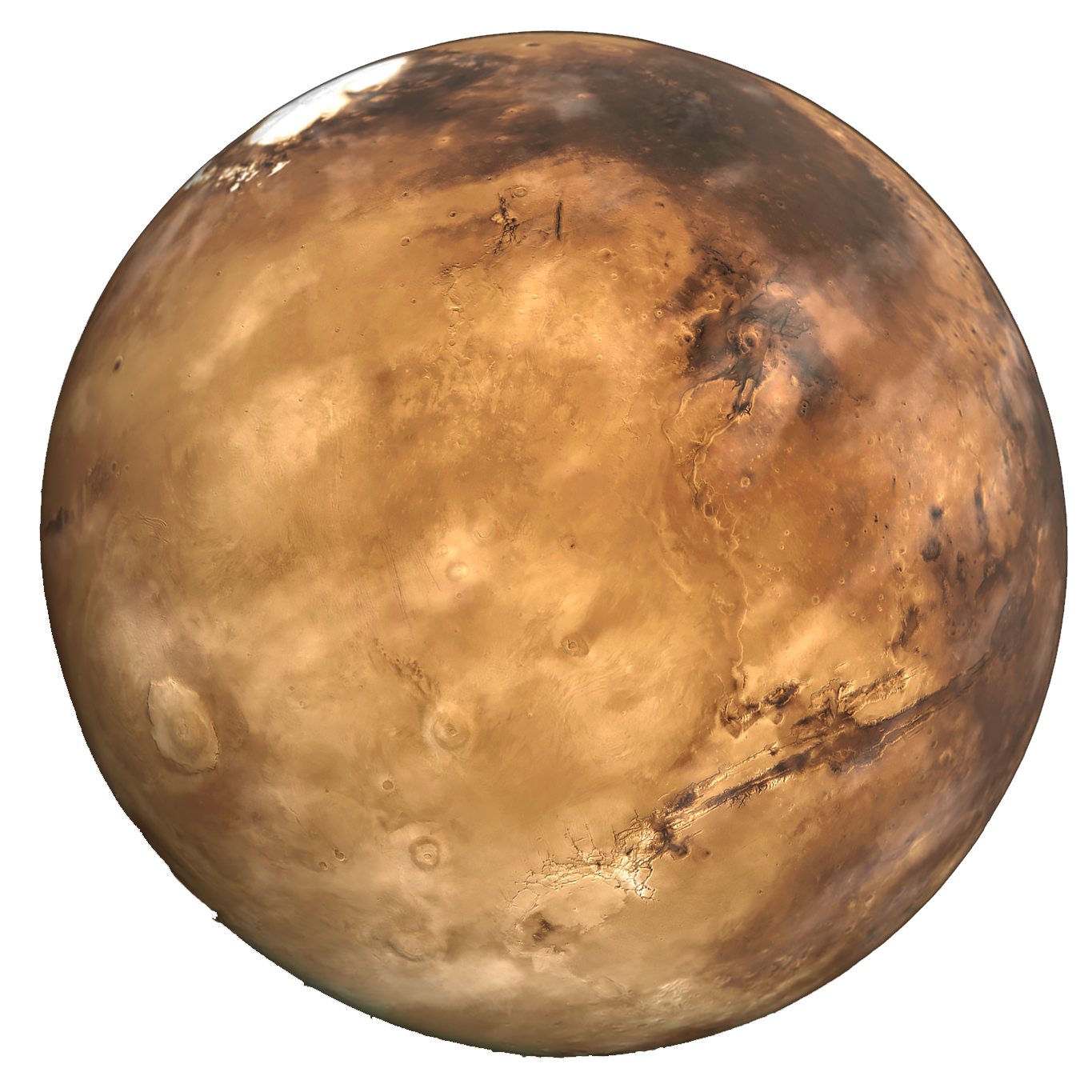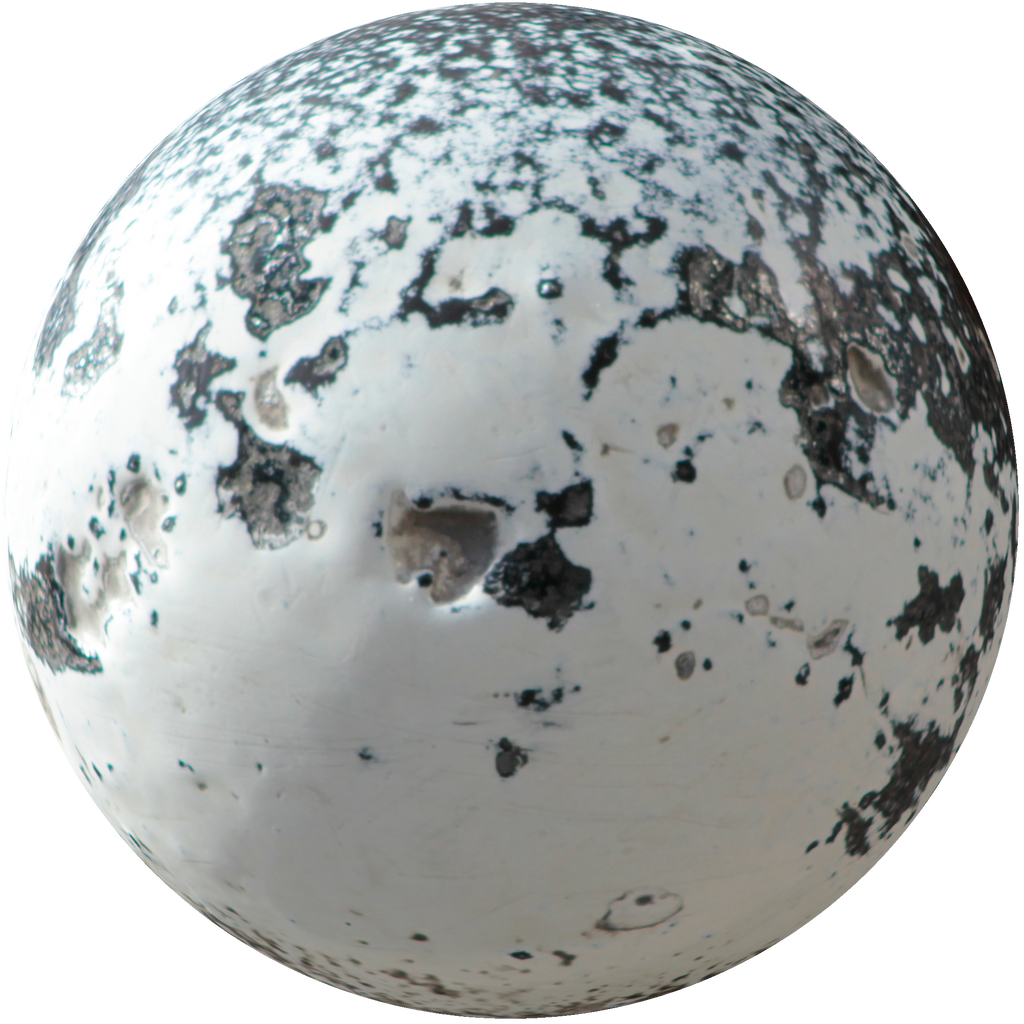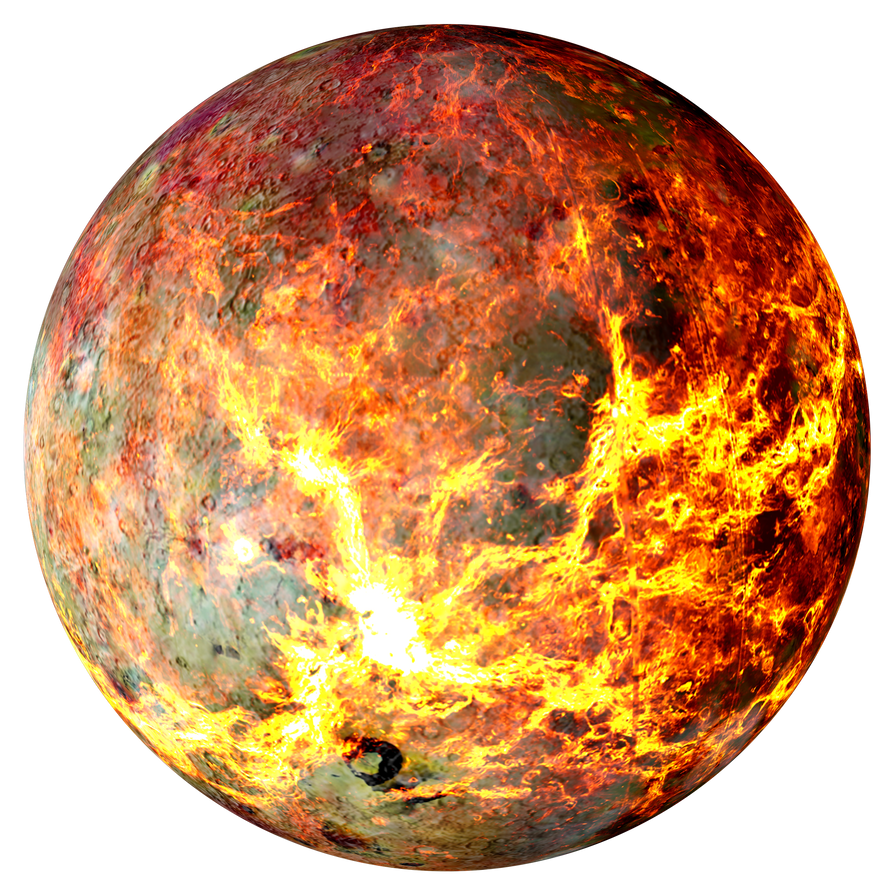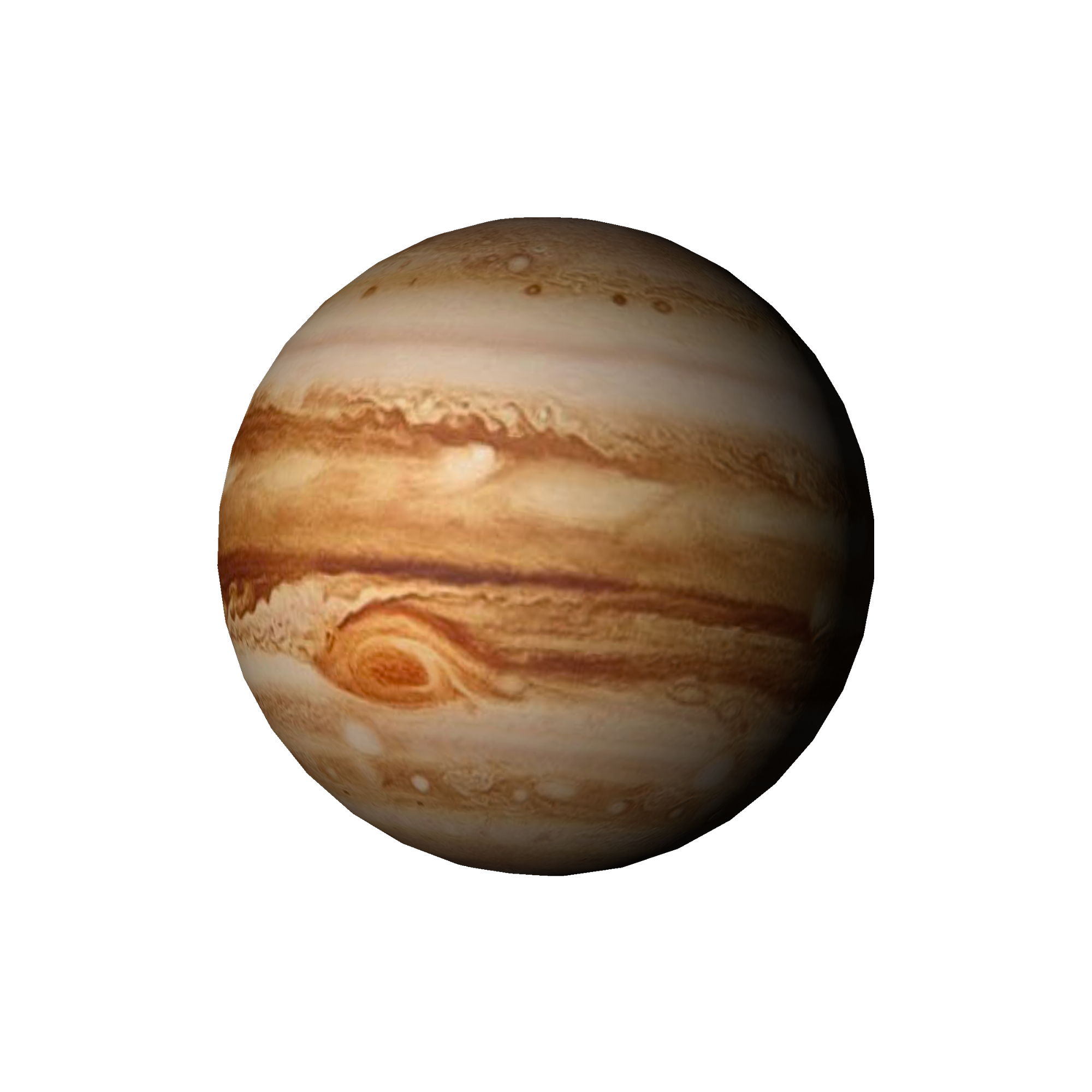Download top and best high-quality free Planet PNG Transparent Images backgrounds available in various sizes. To view the full PNG size resolution click on any of the below image thumbnail.
License Info: Creative Commons 4.0 BY-NC
The concept of planets has been around for centuries and remains an important field of study to this day. Planets are celestial bodies that orbit around stars, meaning they aren’t static objects but are instead in constant motion. In our own solar system, we have eight planets. These include Mercury, Venus, Earth, Mars, Jupiter, Saturn, Uranus, and Neptune. These eight planets vary greatly in their size, composition, atmosphere, and distance from the sun. Together, they make up an incredibly diverse and fascinating part of our universe.
The study of planets falls under the field of planetary science, which is a multidisciplinary field that involves studying the planets, moons, asteroids, and comets in our solar system and beyond. Planetary scientists work to understand the fundamental processes that control the evolution of these celestial bodies. This field includes a variety of subfields such as geology, atmospheric science, astrophysics, and astrobiology, among many others.
One of the key things that makes planets so interesting to study is their ability to support life. While we have only found life on Earth so far, scientists believe that there could be other forms of life out there in the universe. Understanding how planets form, what their atmospheres are like, and the conditions necessary for life could help us locate other habitable planets and potentially even find evidence of extraterrestrial life.
The formation of planets is a complex process. It is believed that planets form from the gas and dust that surround a young star. This material comes together to form a disk around the star, known as a protoplanetary disk. Over time, the dust and gas in the disk begin to accumulate, eventually forming small clumps of matter. These clumps grow in size as they collide with other clumps, ultimately forming solid bodies known as planetesimals. These planetesimals can then collide with each other to form larger and larger bodies, eventually leading to the formation of a planet.
One thing that sets planets apart from other celestial bodies like asteroids and comets is that planets have distinct atmospheres. An atmosphere is the layer of gases that surrounds a planet. The composition of a planet’s atmosphere can vary greatly depending on factors like the planet’s distance from its star, its size, and its composition. For example, Earth’s atmosphere is made up primarily of nitrogen and oxygen, while Jupiter’s atmosphere is composed mostly of hydrogen and helium.
The study of planetary atmospheres is a crucial part of planetary science. By understanding the composition and behavior of planetary atmospheres, scientists can better understand the conditions necessary for life to thrive and potentially even locate habitable exoplanets.
One important factor in studying planetary atmospheres is the concept of atmospheric escape. This occurs when gases in a planet’s atmosphere are lost to space over time. The process of atmospheric escape can be influenced by factors like the planet’s magnetic field, the temperature of the atmosphere, and the energy coming from the planet’s star. Understanding how atmospheric escape occurs and which gases are most likely to be lost can help scientists better understand the evolution of a planet’s atmosphere over time.
Another key area of study in planetary science is the study of planetary surfaces. The surface of a planet can provide important clues about its history and evolution. For example, craters on a planet’s surface can provide evidence of past impacts by asteroids or comets, while the presence of certain minerals on the surface can indicate the presence of water or other important compounds.
Two of the most important tools for studying planetary surfaces are rovers and orbiters. Rovers are robotic vehicles that can drive around on the surface of a planet, taking measurements and collecting samples. Orbiters, on the other hand, are satellites that orbit a planet, taking images and making measurements from above. Together, these tools can help scientists get a comprehensive understanding of a planet’s surface and history.
In addition to their scientific importance, planets also have cultural and historical significance. Throughout history, planets have played an important role in human culture, as they were seen as symbols of gods or represented important concepts like luck or wisdom. In modern times, planets continue to capture the imagination of people around the world, as evidenced by the popularity of science fiction and space exploration.
So whether you’re interested in the science or the culture of planets, there is no denying their importance. From the composition of their atmospheres to the mysteries of their surfaces, planets continue to be a fascinating and important area of study for scientists and non-scientists alike. As we continue to explore and learn more about our own solar system and beyond, the study of planets will undoubtedly continue to be an important part of our understanding of the universe.
Download Planet PNG images transparent gallery
- Planet PNG Picture
Resolution: 553 × 553
Size: 416 KB
Image Format: .png
Download
- Planet PNG
Resolution: 800 × 800
Size: 445 KB
Image Format: .png
Download
- Planet Transparent
Resolution: 1280 × 1280
Size: 1245 KB
Image Format: .png
Download
- Planet
Resolution: 800 × 800
Size: 482 KB
Image Format: .png
Download
- Planet Background PNG
Resolution: 1154 × 1155
Size: 2025 KB
Image Format: .png
Download
- Planet No Background
Resolution: 3074 × 3074
Size: 1984 KB
Image Format: .png
Download
- Planet PNG Clipart
Resolution: 2400 × 1454
Size: 487 KB
Image Format: .png
Download
- Planet PNG Cutout
Resolution: 1024 × 1024
Size: 601 KB
Image Format: .png
Download
- Planet PNG File
Resolution: 2400 × 1591
Size: 793 KB
Image Format: .png
Download
- Planet PNG Free Image
Resolution: 894 × 894
Size: 753 KB
Image Format: .png
Download
- Planet PNG HD Image
Resolution: 1920 × 1080
Size: 1251 KB
Image Format: .png
Download
- Planet PNG Image File
Resolution: 1024 × 1024
Size: 749 KB
Image Format: .png
Download
- Planet PNG Image HD
Resolution: 894 × 894
Size: 1535 KB
Image Format: .png
Download
- Planet PNG Image
Resolution: 512 × 512
Size: 269 KB
Image Format: .png
Download
- Planet PNG Images HD
Resolution: 894 × 894
Size: 1628 KB
Image Format: .png
Download
- Planet PNG Images
Resolution: 1365 × 1365
Size: 2008 KB
Image Format: .png
Download
- Planet PNG Photo
Resolution: 1024 × 1024
Size: 1854 KB
Image Format: .png
Download
- Planet PNG Photos
Resolution: 894 × 894
Size: 1709 KB
Image Format: .png
Download
- Planet PNG Pic
Resolution: 2000 × 2000
Size: 2003 KB
Image Format: .png
Download
